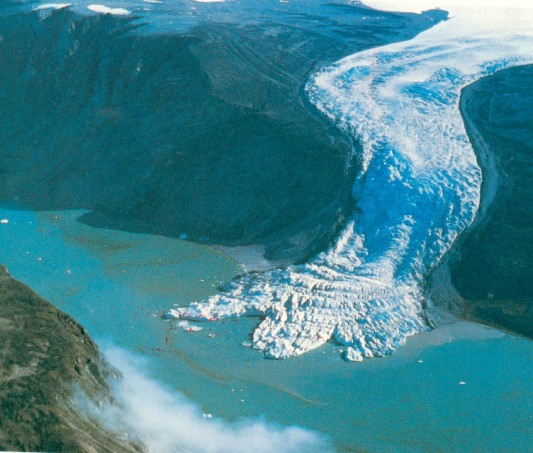- Uncover you’re great side.
We live off nature’s free air, perfect water, flawless scenes and livable grounds. Furthermore, how help we return out? Contamination. Peel off that layer of impassion and uncover you’re minding side.
- It’s getting truly hot in here.
Environmental change is occurring, whether you need to trust it or not. Indeed, even the scarcest temperature changes can prompt expanded events of pulverizing tempests and unsafe climate designs.
- Think about the creatures.
Living space misfortune and debasement of biological communities are all because of human action, environmental change and contamination. We live off of different species and plants to eat, air to inhale, water to drink and assets to give safe house and necessities.
- You would prefer not to continue breathing in a potential heart assault.
No one is a fanatic of living in brown haze and contamination. Breathing in air contamination can prompt coronary illness. Since existence without oxygen is outlandish, we ought to genuinely give careful consideration to the amount we’re adding to worldwide air contamination.
- Help your wallet.
Transforming into a friend of the environment is fiscally gainful in case you’re brilliant about it. There are such a large number of diverse approaches to diminish vitality utilization and reuse existing assets to help your wallet. Case in point, keeping lights on throughout the day is a tremendous misuse of power, particularly when you consider the way that lighting is in charge of a quarter of all vitality utilization around the world. Notwithstanding driving to work or school on a bicycle could radically lessen your costs and waistline.
- Try not to leave a legacy of screw-ups for future eras.
It is egotistical to administer to ourselves when contemplating the decaying Earth. On the off chance that you are mindful of the risks and issues future eras will need to manage on account of current issues, is there any valid reason why you wouldn’t focus on making a couple penances to keep others from torment?
- Not even Instagram can settle terrible view.
Rubbish is penetrating even the most remote shrouded corners of the world, and in the event that we don’t settle our ways, we’ll soon be traveling in garbage filled shorelines.










